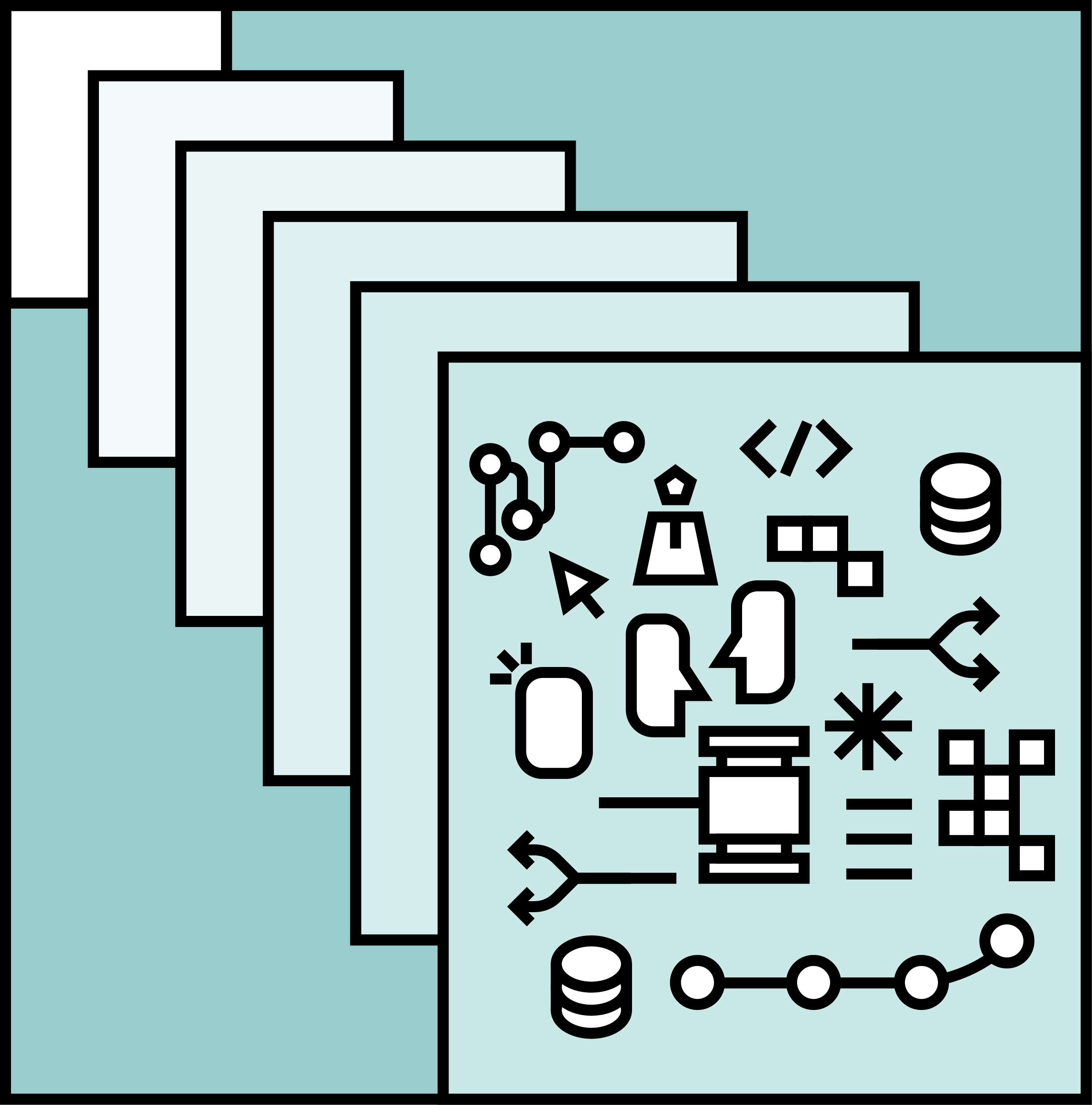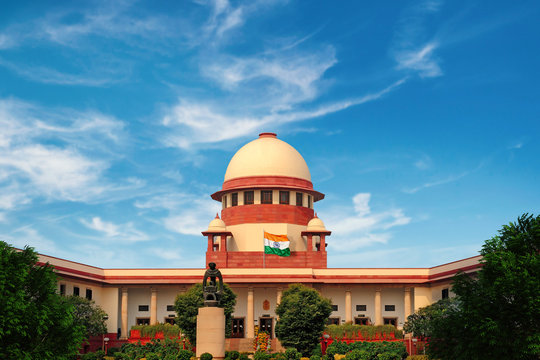
A Decade of POCSO: Developments, Challenges and Insights from Judicial Data
The largest study of the performance of POCSO courts in 486 districts in India
On November 14, 2022, the Protection of Children from Sexual Offences (POCSO) Act completes a decade of being on the statute books in India. When enacted, the POCSO Act marked the culmination of years of campaigning for a dedicated domestic legislation on child sexual abuse.
10 years is a reasonable time period to analyse how this legislation has been functioning and how far it has achieved its stated objectives. This examination of POCSO is also an opportunity to reflect on what has worked and what needs to be improved in the criminal justice system’s response to child sexual abuse.
To this end, the Justice, Access and Lowering Delays in India (JALDI) Initiative at Vidhi Centre for Legal Policy has collaborated with the Data Evidence for Justice Reform (DE JURE) program at the World Bank to study the role of the judiciary in the implementation of the POCSO Act in India.
What the study does
This study assesses the implementation of the POCSO Act in the last 10 years by analysing case laws, policy interventions and case metadata collected from eCourts. Since the Special Courts set up under the POCSO Act perform a critical role in the achievement of the above purpose, this study is centred around data on POCSO courts scraped from eCourts.
Further, to understand how courts, particularly the higher judiciary, have interpreted the provisions of the POCSO Act, we undertook an extensive study of case law emanating from the higher judiciary and policy interventions. Additionally, we conducted interviews with multiple stakeholders in the child protection ecosystem to understand the ground realities. In order to lend support to our findings from eCourts metadata, we undertook a judgment analysis for a small sample of cases.
However, what sets this study apart and enables it to significantly contribute to the analysis undertaken by multiple studies that have come before it is the enormity of the dataset that this study hinges on. We collected metadata for nearly 4,00,000 POCSO cases (spanning 28 states and union territories) and cleaned it to provide an in-depth analysis for 2,30,730 cases to understand the pendency and disposal patterns. The sheer scale of this study makes it the largest ever study on POCSO courts yet.
Key findings
POCSO trials vary significantly across states and districts of India
POCSO trials on eCourts, even when adjusted for population, vary significantly across different states and districts studied. The map below gives a glimpse of how stark the variation is across districts. Reporting on eCourts varies greatly from one district to another even within a state. For instance, in Himachal Pradesh, reporting ranges from 0.91 cases per 1,00,000 population in Kullu and 90.35 cases per 1,00,000 population in Kinnaur.
Districts with the highest reporting of POCSO cases on eCourts
The map below shows the 15 districts with the highest number of POCSO trials (pending and disposed) out of the 486 districts studied.
Trends in pendency of POCSO cases across India
Pendency through the years
Though the number of pending POCSO cases was increasing gradually over the years, their proportion was on a decline till 2019. However, there was a sharp increase of 24,863 cases in the number of pending cases between 2019 and 2020 which could be attributed to the COVID-19 pandemic and its impact on the functioning of courts across the country.
Pendency across states
Uttar Pradesh has the highest pendency with more than three-fourths of the total POCSO cases filed between November 2012 and February 2021 pending. On the other hand, at 80.2%, Tamil Nadu has the highest disposal percentage (percentage of total filings since November, 2012 that were disposed as of February, 2021) of all the states and UTs studied. The graph below shows how pendency and disposal varies across states.
Analysing time taken for disposal of POCSO cases
On an average, it takes 509.78 days (nearly 1 year and 5 months) for a POCSO case to be disposed of as against the one year time period stipulated by Section 35 of the Act. Chandigarh and West Bengal are the only states where the average time taken for convictions is within the statutorily prescribed period of one year. In most states, courts spend more time in hearing cases that ultimately end in conviction as compared to cases that end in acquittal.
Variations in mean case length across states
In 2020, at 1284.33 days (3 years and 6 months), Delhi had the highest average case length (i.e., the number of days an average POCSO case remained pending before getting disposed of) out of the states studied. Further, the mean case length in cases of acquittal (across years) varies between 179.62 days (6 months) in Chandigarh to 1027.52 days (2 years and 10 months) in Himachal Pradesh. For cases that end in conviction, the mean case length ranges from 311.72 days (10 months) in Chandigarh to 1373.2 days (3 years and 9 months) in Delhi.
The scatter plot below shows how the mean acquitted and mean convicted case lengths have varied across states.
Analysing disposal patterns in POCSO cases across states
For every one conviction in a POCSO case, there are three acquittals. Acquittals are significantly higher than convictions for all of the states studied. For instance, in Andhra Pradesh, acquittals are seven times more than convictions; and in West Bengal, acquittals are five times more than convictions. Kerala is the only state where the gap between acquittal and conviction is not very high with acquittals constituting 20.5% of the total disposals and convictions constituting 16.49%. The below graph shows the acquittal, conviction and transfers across different states.
The evidence stage is the most time consuming out of all stages
The average number of days taken per POCSO case in different states varies between 877.96 days (2 years and 5 months) in Himachal Pradesh to 215.43 days (7 months) in Chandigarh. During its journey through the criminal justice system, a POCSO case goes through various stages, including preliminary hearing, framing of charge, evidence, and arguments.
The evidence stage involves both the prosecution and the defence presenting evidence before the court to support their case. It includes examination and cross examination of witnesses, which requires witnesses to appear before the court to give evidence.
However, as the graphs below show, the stage of evidence consumes a disproportionate amount of time (both in number of days and number of hearings) in a POCSO trial. 183.41 (over 6 months) are spent on the evidence stage in a typical POCSO case.
Further, the time spent on evidence varies starkly across states. At 593.03 days per case (1 year and 7 months) 73.89% of the total number of days spent on average on a POCSO case in Delhi are being spent on the evidence stage.
On average, 9.21 hearings are spent on the evidence stage in a typical POCSO case. At 71.59%, Punjab spends the highest proportion of its total hearings on the evidence stage holding an average of 13.73 hearings for evidence per case.
Nature of POCSO cases
Over 56% of all the POCSO cases correspond to the offences of penetrative sexual assault (31.18%) and aggravated penetrative sexual assault (25.59%), which prescribe the most stringent punishments under the POCSO Act.
There is no significant variation between acquittal and conviction percentages for different offences with convictions varying between 21 and 26% for cases of penetrative sexual assault and aggravated sexual assault respectively. However, convictions are lowest in cases of sexual harassment (18.16%).
Recommendations to strengthen implementation of the Act
The primary goal of any child protection system should be to create a just system that meets the specific needs of the children that come in contact with it. Such a system would not only prevent violence against children but ensure when violence does occur, children get effective redressal. However, as this report shows, there is a long way to go in order to make this goal a reality. The following sections list some reform ideas borne out of data analysis and inputs from experts in the field.
Legislative and policy recommendations:
- Reduce the age of consent from 18 to 16 years with adequate safeguards.
- Hold public consultations with domain experts before making any substantive amendments to the Act.
Making POCSO courts functional
- Expedite the appointment of adequately trained Special Public Prosecutors exclusively for POCSO courts where they have not been appointed. Progress for this can be monitored by respective High Courts.
- Employ a ‘hybrid’ approach for recording of evidence wherein the evidence of certain witnesses like doctors, forensic experts etc. can be recorded virtually.
- Ensure the appointment and continuous presence of support persons in every pre-trial and trial stage.
- Create mechanisms to enable judges and prosecutors to have the required skill set to deal with the ‘vicarious trauma’ they experience when dealing with cases of heinous sexual offences committed against children.
Increasing accuracy and uniformity in eCourts data
- Introduce a standardised drop-down menu for inputting information pertaining to the name of the legislation, case type, court complex, police station etc.
- Standardise Act names to make it easier to get accurate data using the Act name feature of eCourts.
- Add interpretable entries in the Hearings Table in order to make it a source of key information pertaining to cases, particularly pending cases.
- Provide clear and usable information pertaining to outcomes of cases.
- Provide information pertaining to date of filing of FIR, chargesheet, and date of cognizance by court on eCourts.
For a complete list of recommendations that various stakeholders can undertake, please see Chapter VI of this report.
One of the most important ways to improve the implementation of the POCSO Act is to build capacity across the system. This can be done by conducting periodic integrated capacity building programmes for stakeholders with a focus on sensitivity training. This will help stakeholders understand the roles and responsibilities and all actors within the child protection system and improve coordination between them.





